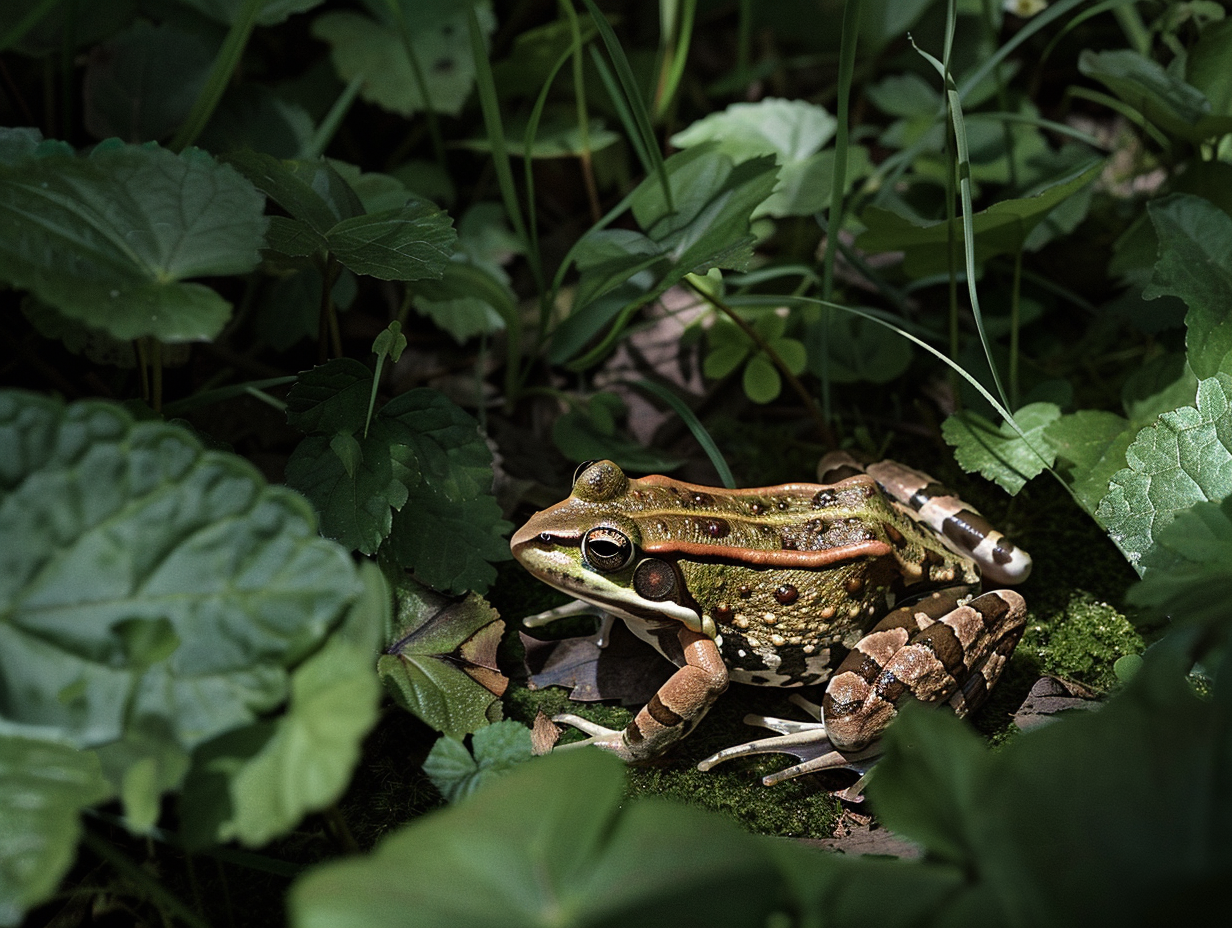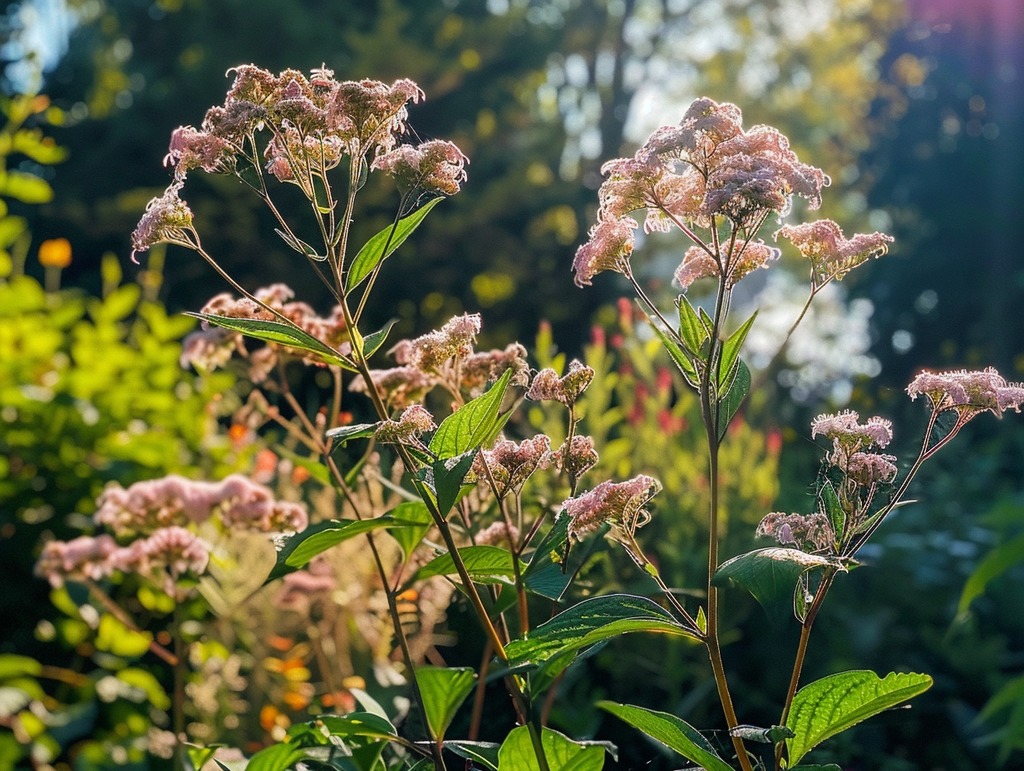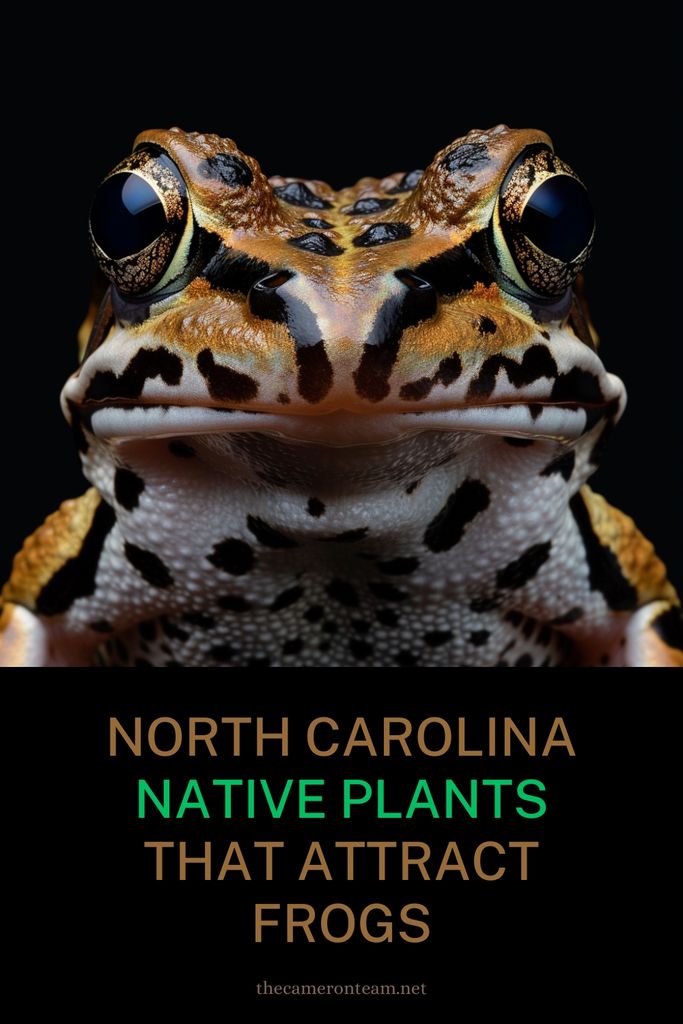North Carolina is home to a diverse array of native plants that do more than just beautify your garden; they also play a crucial role in attracting beneficial wildlife, including frogs. Frogs are not only fascinating creatures but also vital for controlling pests and maintaining ecological balance. If you’re looking to create a frog-friendly garden, incorporating native plants is key. Let’s dive into the best North Carolina native plants that attract frogs and how they contribute to a thriving ecosystem.
Please note: The Cameron Team has not been paid or received any other compensation to include any of the products featured on this post, but the author has included affiliate links and content. If you click on a link, they may earn a commission – a high-five for great content!
Why Attract Frogs to Your Garden?
Before we get into the specifics, you might wonder, why should you care about attracting frogs to your garden? Well, frogs are natural pest controllers. They feed on insects, slugs, and other pests that can damage your plants. Moreover, their presence indicates a healthy, well-balanced environment. By inviting frogs into your garden, you’re promoting biodiversity and enhancing the overall health of your local ecosystem.
Best North Carolina Native Plants for Attracting Frogs
1. Swamp Milkweed (Asclepias incarnata)
Swamp Milkweed is a magnet for frogs, particularly because it thrives in wet, marshy conditions that frogs love. This plant not only attracts frogs but also supports pollinators like butterflies and bees. Its pink flowers add a splash of color to your garden, making it visually appealing as well.
- Benefits: Provides moisture-rich habitat; attracts pollinators.
- Growing Tips: Plant in full sun to partial shade and ensure the soil remains consistently moist.
2. Buttonbush (Cephalanthus occidentalis)
Buttonbush is another excellent choice for a frog-friendly garden. Its spherical white flowers bloom in the summer, attracting a variety of insects that frogs feed on. It thrives in wet soils, making it perfect for planting near ponds or wetland areas.
- Benefits: Attracts insects for frogs to eat; supports wetland habitats.
- Growing Tips: Plant in full sun to partial shade; prefers consistently moist to wet soil.
3. Marsh Marigold (Caltha palustris)
Marsh Marigold is a vibrant plant with yellow, buttercup-like flowers that bloom in early spring. It grows in wet, swampy areas, providing excellent cover and hunting grounds for frogs. Its early blooming period helps sustain frogs emerging from hibernation.
- Benefits: Offers early spring nectar; provides cover and hunting grounds for frogs.
- Growing Tips: Plant in full sun to partial shade; prefers wet, boggy soil.
4. Cardinal Flower (Lobelia cardinalis)
Known for its striking red flowers, Cardinal Flower is a favorite among hummingbirds and butterflies. Its love for moist soils and partially shaded areas makes it a great addition to a frog-friendly garden. Frogs are drawn to the insects that flock to its flowers.
- Benefits: Attracts insects and pollinators; thrives in moist conditions.
- Growing Tips: Plant in partial shade; keep soil consistently moist.
5. Spotted Joe-Pye Weed (Eutrochium maculatum)
This towering perennial with pinkish-purple blooms is not only a sight to behold but also a fantastic insect attractor. Joe-Pye Weed thrives in damp, sunny spots, making it an ideal plant for drawing frogs to your garden.
- Benefits: Attracts a plethora of insects; supports moisture-rich habitats.
- Growing Tips: Plant in full sun; ensure the soil stays moist.
Creating a Frog-Friendly Habitat
While planting these native species is a great start, there are a few additional steps you can take to make your garden even more inviting for frogs:
- Provide Water Sources: Frogs need water to survive and breed. Ponds, water features, or even shallow dishes of water can make a big difference.
- Create Hiding Spots: Frogs need places to hide from predators. Use rocks, logs, and dense plantings to create sheltered areas. Also consider installing a Tree Frog House.
- Avoid Chemicals: Pesticides and herbicides can be harmful to frogs. Opt for organic gardening methods to keep your garden safe for them.
- Ensure Moisture: Keep the soil moist by mulching and watering regularly, especially in drier periods.
Conclusion
Incorporating native plants that attract frogs is a win-win for any North Carolina garden. Not only do these plants add beauty and diversity to your landscape, but they also support local wildlife and promote a healthy ecosystem. By choosing plants like Swamp Milkweed, Buttonbush, Marsh Marigold, Cardinal Flower, and Spotted Joe-Pye Weed, you’ll create a thriving, frog-friendly habitat that benefits both your garden and the environment.
So, are you ready to transform your garden into a frog haven?









